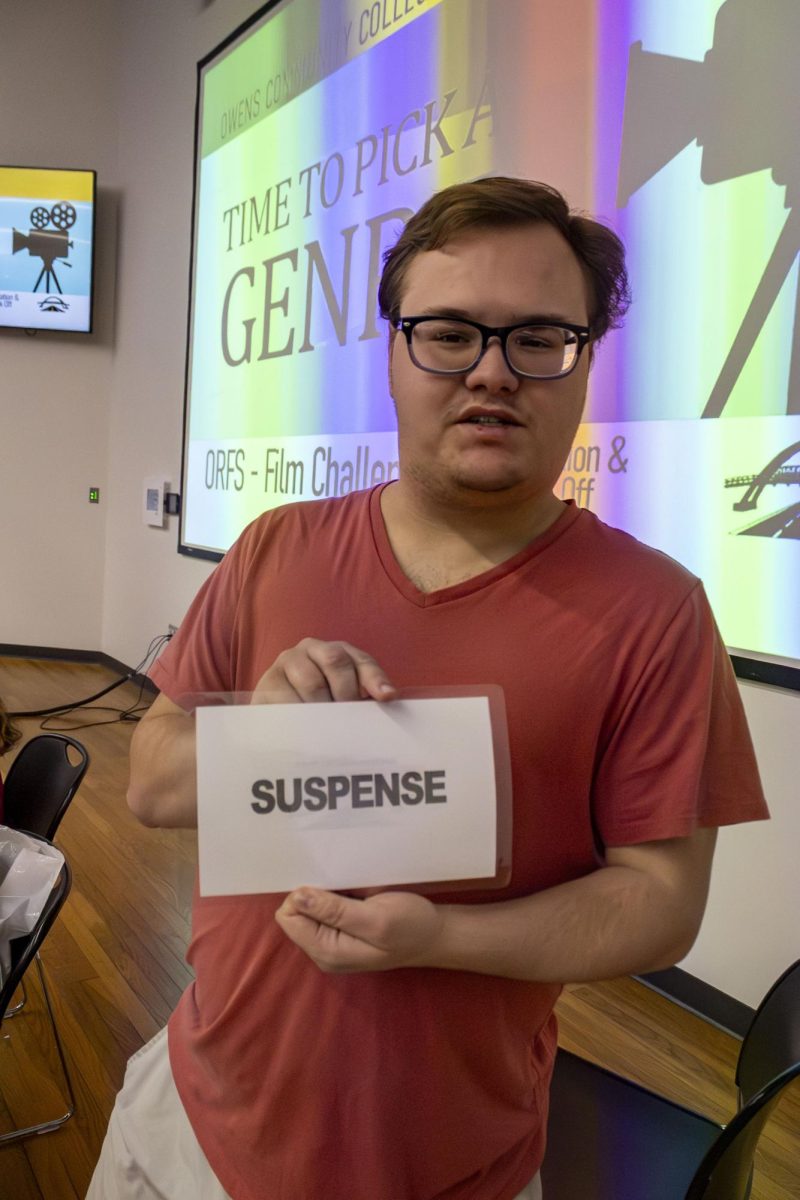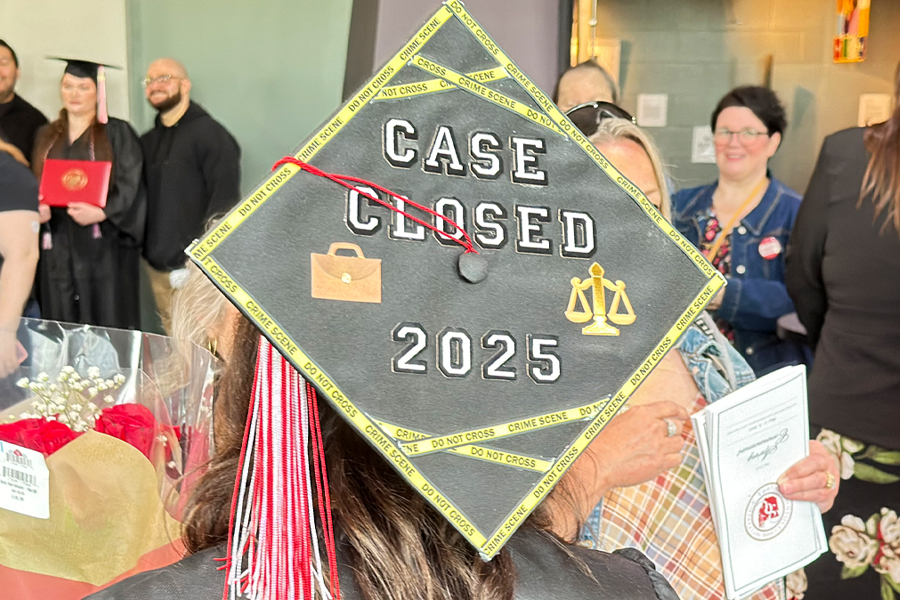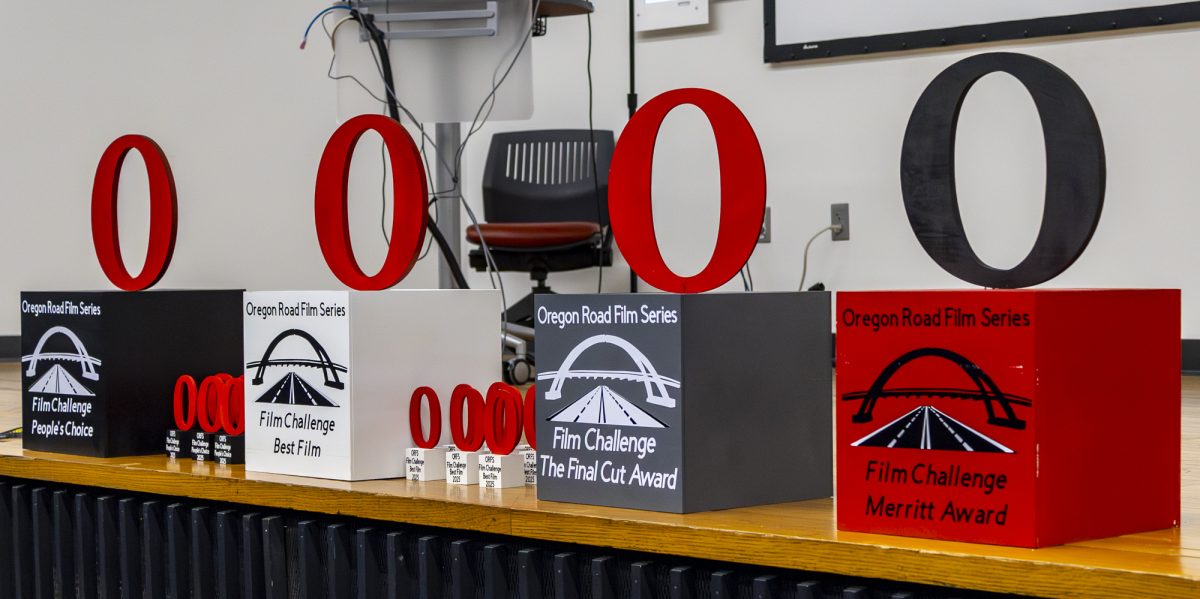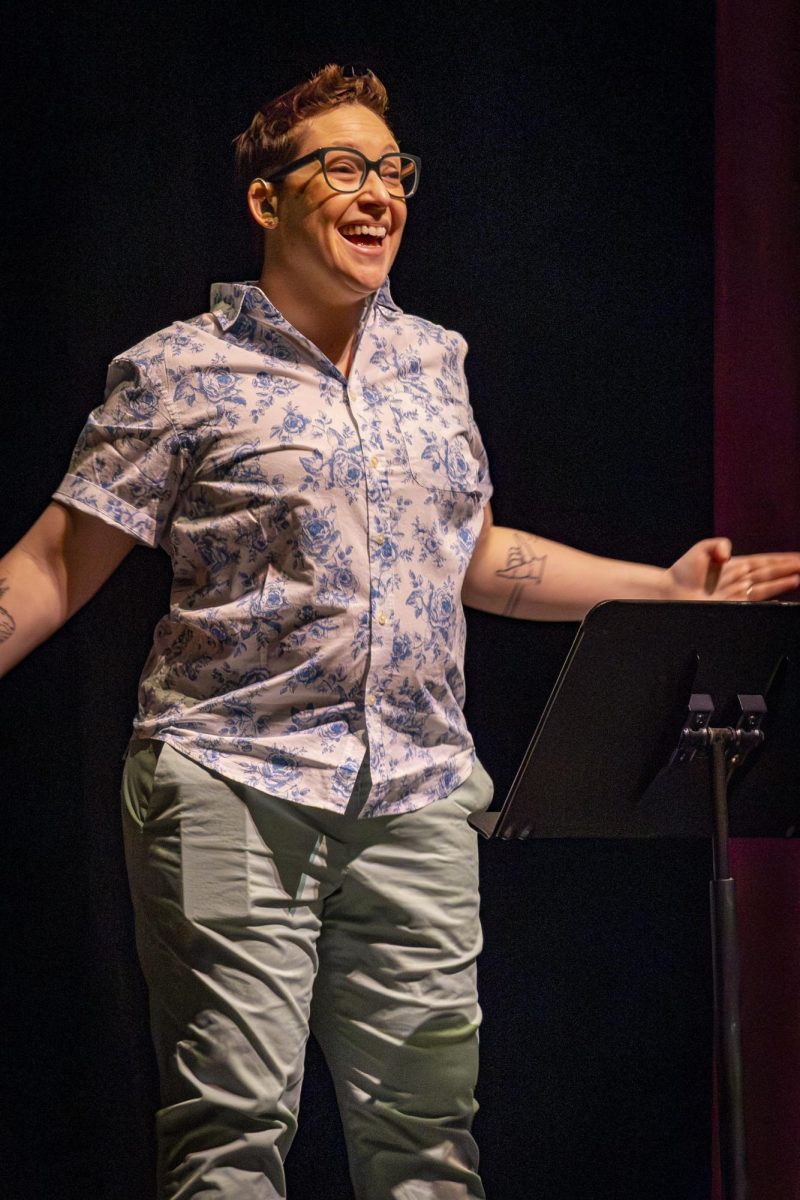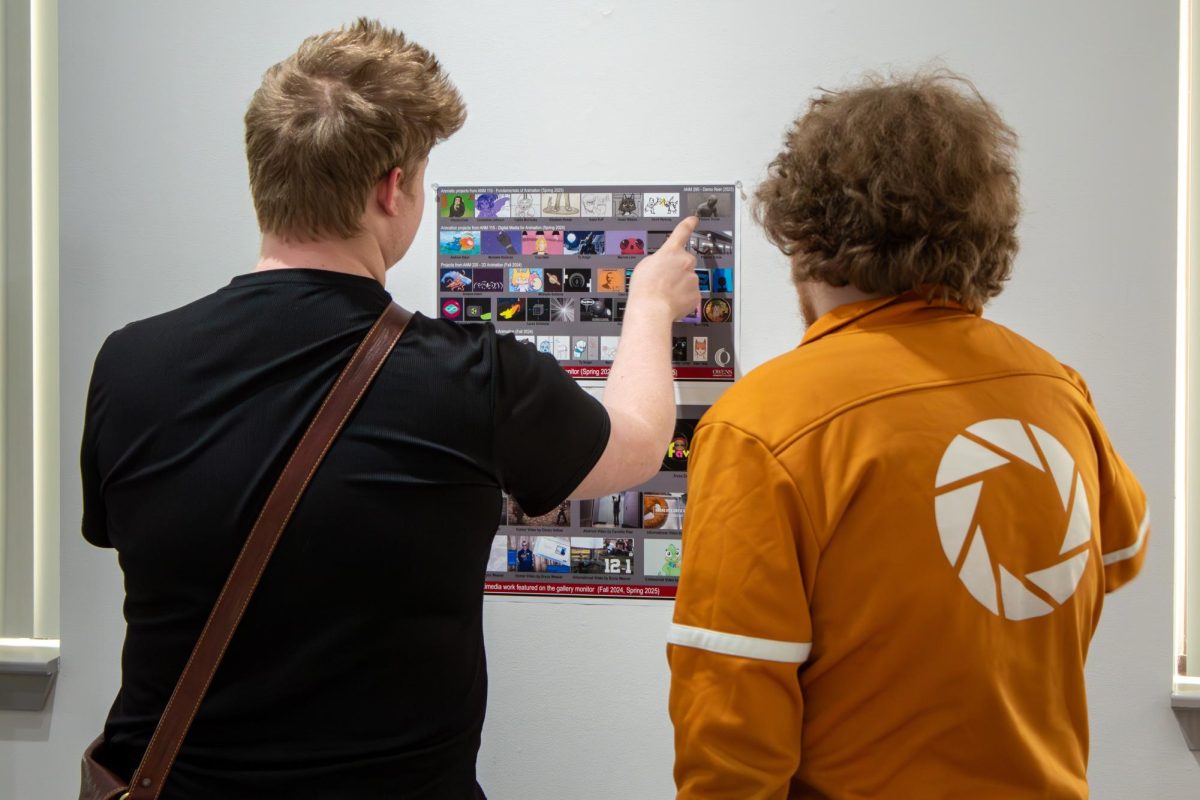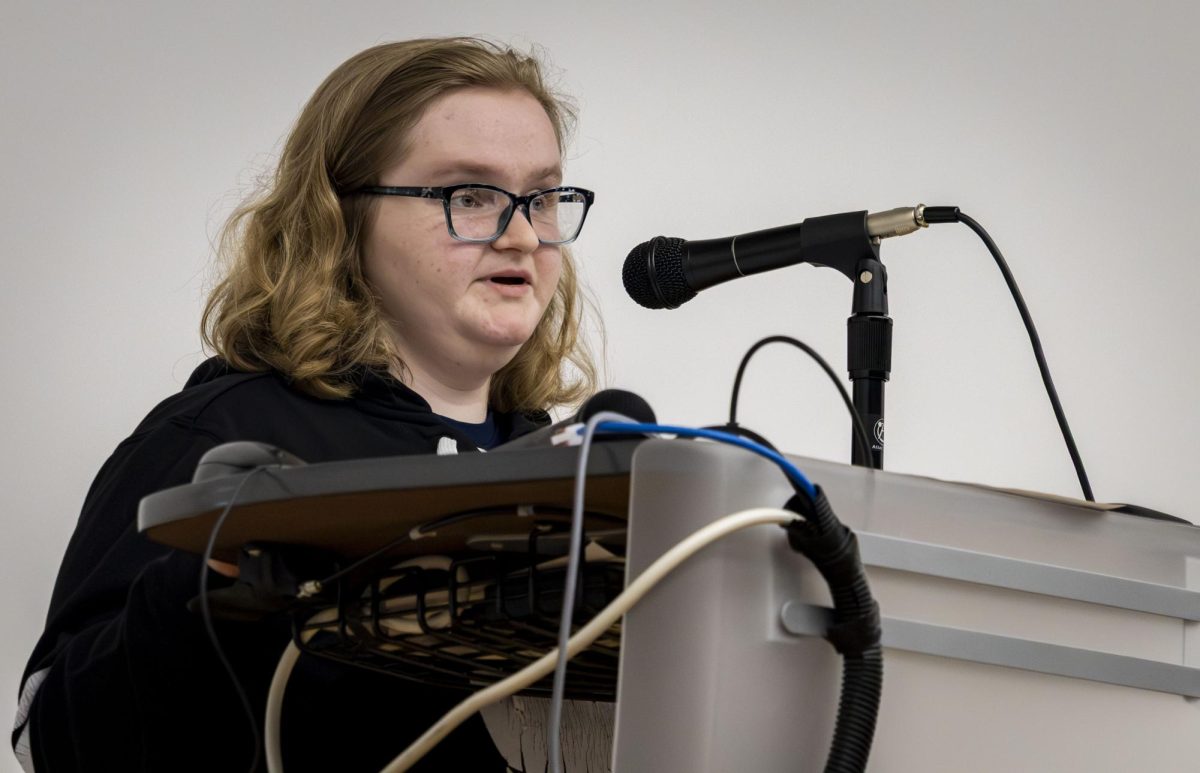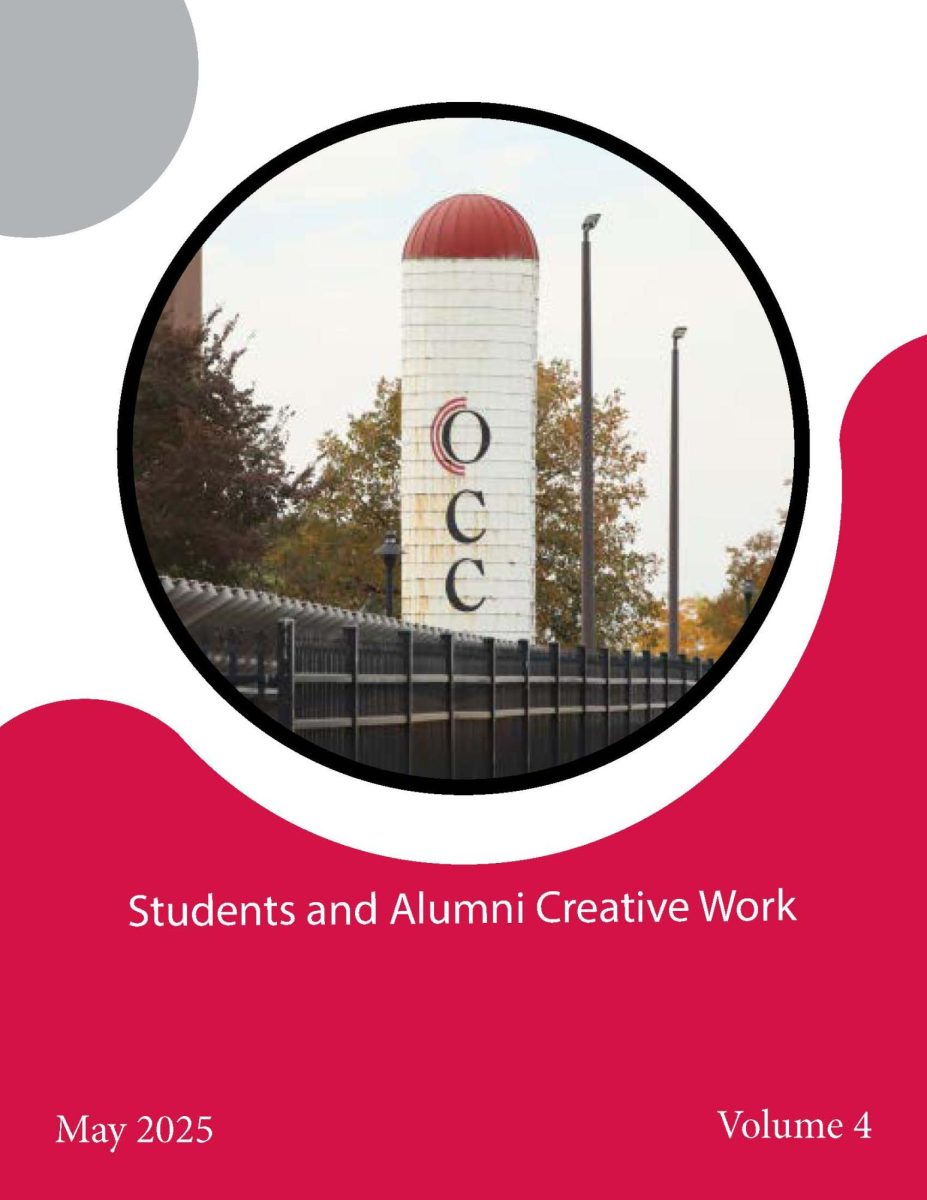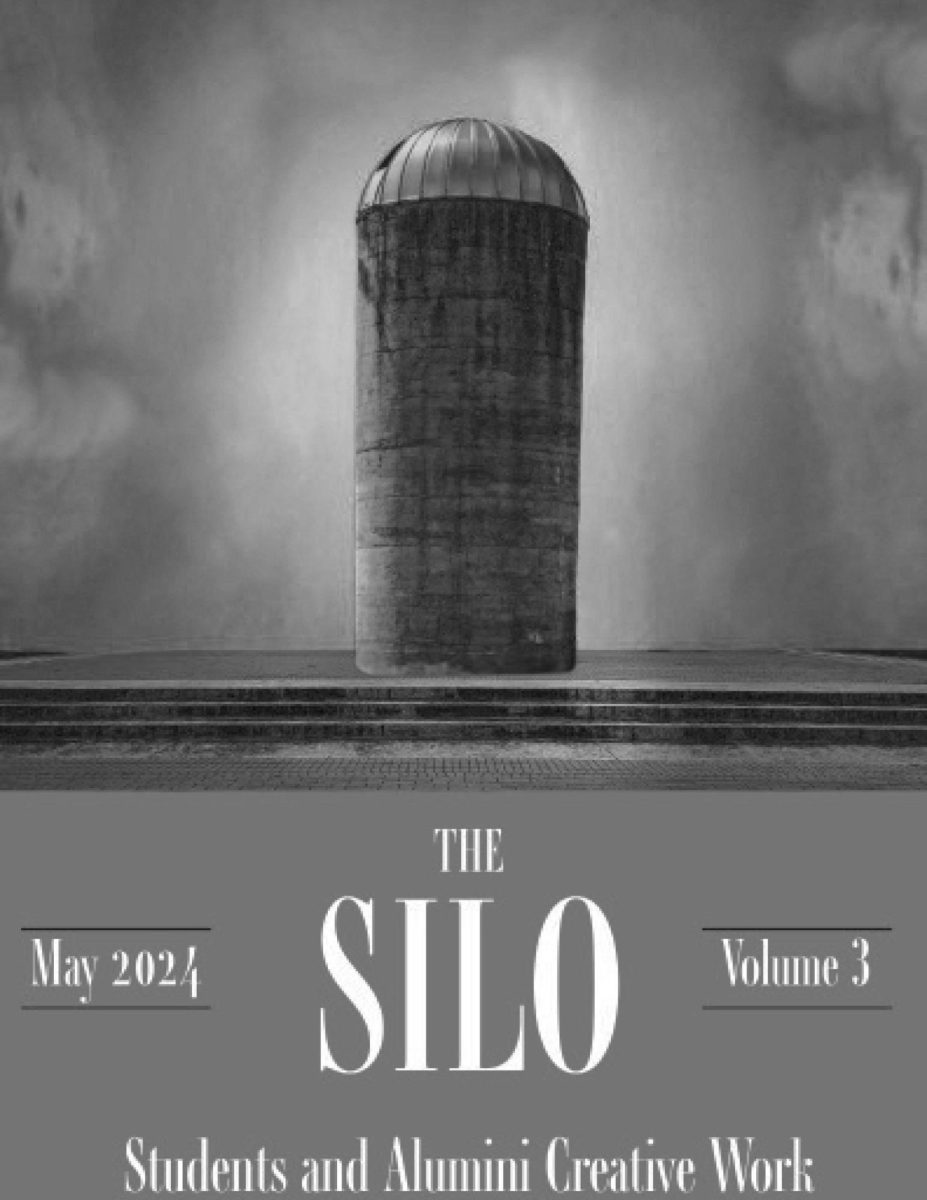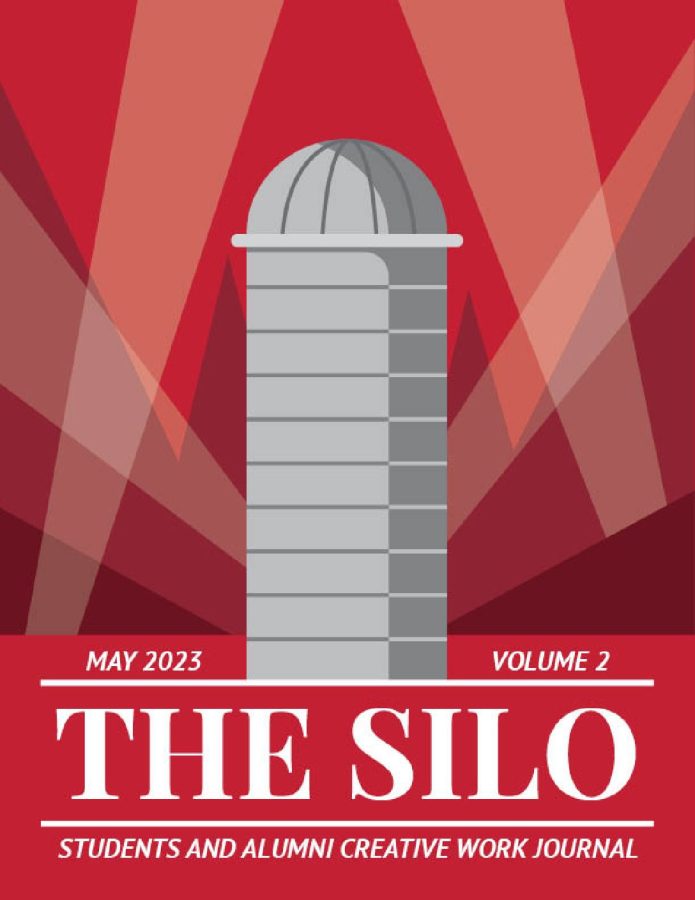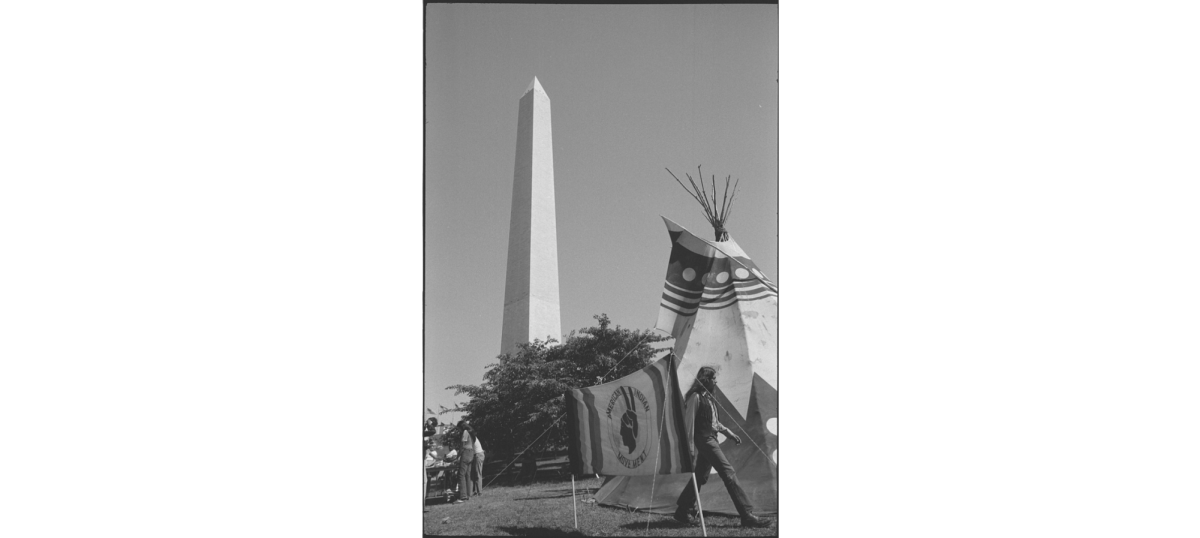Now let’s take a look at some of the historical events and achievements of Native Peoples in the United States.
Indigenous American People’s history post-European contact is tied to the history of the United States. Native Americans fought for, and achieved, numerous milestones leading up to today. Here, we will explore a few events in history which stand out.
Indian Appropriations Act – 1851
The United States Congress passed the Indian Appropriations Act multiple times in the late 1800’s; the first act in 1851 created funds to relocate tribes in the west onto Indian Reservations, which eventually led to the reservation system we know today.
This was a forced relocation, though the theory at the time was to move them for their own protection. Most likely the reasons are due to the United State’s desire for expanding its territory and economy. As settlers expanded out west, Native Peoples were pushed both out of their territory and into dangerous confrontations.
Though they now own their reservations as sovereign territory, this forced relocation is partially responsible for the high poverty rates seen on reservations. Out in the great plains east of the Rocky Mountains, there is little opportunity for socioeconomic development. The Native Peoples of American living on reservations are often subjected to high poverty and unemployment rates, and a lack of infrastructure including water and electricity.
Carlisle Indian Industrial School – 1879
This was the United State’s first Indian Boarding School not on a reservation. Created by Richard Henry Pratt, who is known for his “Kill the Indian, Save the Man” speech, it was a government-funded act meant to forcibly re-educate and indoctrinate Native American children into European culture and the Catholic religion. Dozens of mass graves have been uncovered at the sites of the more than 500 boarding schools, which were erected and ran into the 1960’s.
The goal at the time was to completely eradicate Native American culture, language and identity. Children were taken from their homes by force and sent to boarding schools hundreds of miles away from their families. They were subjected to abuse, forced labor, punished for speaking their native language and other atrocities. This was the continuation of the genocide committed against the Native American Peoples.
First Native American U.S Senator – 1907
Charles Curtis was a member of the Caw Nation, and the first United States politician to be born in a territory instead of a state. He was elected as a republican in the House of Representatives in 1893, and he served until 1907 when he resigned from the House to the position of U.S. Senator.
Curtis is responsible for the Curtis Act which resulted in the dissolution of tribal governments and allowing their land to be sold to white settlers. Curtis believed that the re-education and assimilation of the Native American Peoples was beneficial. He, along with Daniel R Anthony Jr, introduced the first version of the equal rights amendment; though, it did not pass. Curtis was also the Republican whip and majority leader, owing to his ability to navigate the political system and move legislation.
Indian Citizenship Act – 1924
The Indian Citizenship Act was created to grant citizenship to any Native American born within the territory of the United States; though, this did not guarantee them the right to vote as that was a state issue until 1948.
First Native American U.S Vice President – 1929
Charles Curtis ran with Herbert Hoover winning the popular vote by 58%. Curtis was the first Native American to hold the second highest office in the United States. This was also the beginning of the Great Depression. Ironically, his quote of “Good times are just around the corner!” in 1930 proved a setback for their re-election efforts, losing out to Franklin D. Roosevelt in 1932.
As Vice President, Curtis suggested the five day work week, cast three tie-breaking votes in the senate, and even opened for the 1932 Summer Olympics.
American Native Code Talkers – 1942
During World War II, there were members of the Navajo tribe and 14 other Indigenous Nations which used their Native languages and English to transmit information for the United States government in code. Many of the Native code talkers had been forced into the Indian Boarding Schools run by the United States government; once abused for using their Native language, these people were now using a part of their culture the government tried to eradicate to help the war effort.
In 2001, Congress issued gold medals to the original Navajo Indian Code Talkers and silver medals to the hundreds of others who served; their work had been classified until 1968.
Founding of the American Indian Movement (AIM) – 1968
Founded in Minneapolis Minnesota by Dennis Banks, Clyde Bellecourt, Russell Means, and Vernon Bellecourt, the American Indian Movement’s (AIM) goal was to protest the injustices faced by the Native Peoples of American in the United States including the high poverty rates, systemic discrimination and unfair treatment by the police against Native Americans.
The four originally met in prison and organized protests at the Alcatraz island prison after its abandonment, seizing Boston’s replica of the Mayflower, and the occupation of Mount Rushmore. AIM also organized a march through the country, which they called the Trail of Broken Treaties, which culminated in the capture of the headquarters of the Department of the Interior and the Bureau of Indian Affairs, which allegedly caused millions of dollars worth of damage.
AIM has an impressive resume of advocacy; I encourage you to visit their website to learn more about their movement.
Almost There
Now that we have learned about these historical events, it is time to take a closer look at the prominent Native American Peoples who made their mark on history in our final article.



